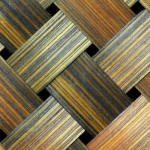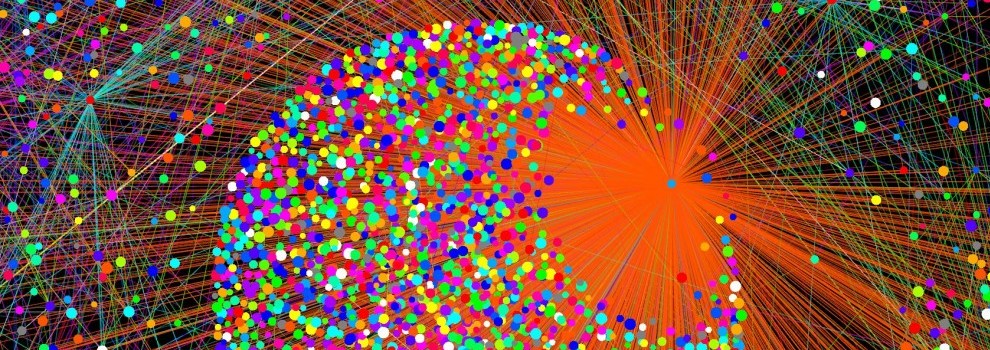Buried beneath the myriad of indistinguishable pump-and-dump altcoins, every now and then a cryptocurrency is born that truly revolutionizes the field. While this doesn’t necessarily obsolete Bitcoin–the protocol can be upgraded at any time–it’s important to examine these new coins in order to keep up the pace of innovation. Take Gridcoin, for example.
Some background: one of the primary arguments against Bitcoin has been the wastefulness of its mining network, which consumes massive amounts of electricity. Instead of crunching arbitrary numbers, many in the community have hypothesized that all of that processing power could be put to more practical. A mining algorithm, however, must meet very specific conditions (immensely difficult to calculate one way; arbitrarily easy to calculate in reverse–among others), which nearly all scientific problems fail to meet.
This conundrum stumped many cryptocurrency experts, who have reason to be content with crypto’s existing accomplishments. The Gridcoin community, however, may have finally found a solution. In many ways, it’s just like Litecoin: the coin production rate halves every four years, a new block is mined every 2.5 minutes, and it utilizes a scrypt-based proof-of-work system.
Unlike Litecoin (or any other cryptocurrency), however, Gridcoin is linked to the BOINC (Berkely Open Infrastructure for Network Computing) system. For those not already aware, BOINC allows volunteers to join their computers with a cloud computing network to solve massive. Communities based around this network already exist, and have been invaluable to scientific research in the processing power they provide.
For example, SETI–the Search for Extraterrestrial Intelligence–processes the conditions of stars in the night sky, to look for signs of habitability. BOINC is also used to help find neutron stars, and processes experimental results such as from particle accelerators, as well as the weather simulations that keep your picnics dry (or try to). Most promising of all, BOINC can be used to fold proteins and map genes, which leads to all kinds of advances in medical science. The cures for cancer, HIV, and various mental illnesses are likely to be found this way.
So how does Gridcoin incorporate this? As mentioned before, having the network’s miners just run BOINC in a secure manner is technologically very difficult, if not impossible. Gridcoin does use cryptographic proof-of-work, but with a twist: miners can opt to participate in BOINC on the side. A dual system, essentially.
This might sound like altruism, but the incentives are built in: those not running BOINC only receive 5 GRC for mining a block, while those who are receive up to 150 GRC, depending upon how much of their relative computational power has been dedicated to the task. Since the miners are still doing proof-of-work on the side, the network’s security is maintained, and the difficulty of the BOINC calculations scales upwards in proportion to increasing mining difficulty.
While some waste still occurs in the proof-of-work calculations, competing mining schemes are far more wasteful, and thus Gridcoin represents a significant improvement. As a side-benefit, this makes Gridcoin more resilient to ASICs and other specicalized mining hardware: memory-intensive scrypt algorithms help a little, but BOINC is more CPU-heavy, and a miner needing to run multiple different algorithms needs a diverse piece of equipment–basically, a personal computer.
Whether or not you think Gridcoin can or should take off, we have to be honest with ourselves about the things it does better than Bitcoin. If we want to have a more humanitarian and democratic currency that can propel us into the future, Bitcoin will have to learn a thing or two. Either that, or go obsolete.
This article was inspired by a comment left by user anonerd on the Bitcoin Magazine website. Join the online discussion, and if your project is interesting, it might get similar treatment–but no promises.
The post Putting the Blockchain to Work For Science! appeared first on Bitcoin Magazine.














